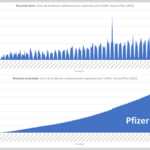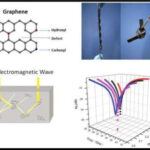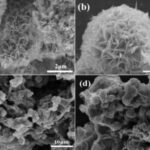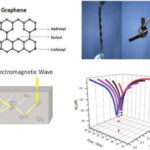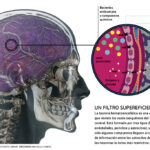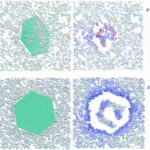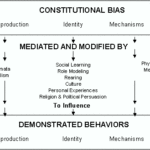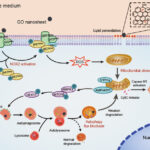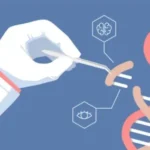January 19, 2025 5g, Chemtrails, Graphene, Scientific alternative studies
Everything is connected and fits together.
Graphene multiplier of electromagnetic waves, Cherenkov radiation and ultraviolet rays
Reference Study
Min Hu, Sen Gong , Tao Zhao, Renbin Zhong, Xiaoxing Chen, Ping Zhang, Xinran Wang, Chao Zhang, Huabing Wang, Biaobing Jin, Jian Chen, Peiheng Wu, Shenggang Liu. Tunable terahertz radiation from graphene surface plasmon polaritons excited by parallel moving electron beam, Appl. Phys. Lett. 110, 231102 (2017) ; https://doi.org/10.1063/1.4984961
Facts analyzed
Meanwhile, it really seems that graphene is the element that multiplies the quality of the waves emitted by 5G antennas.
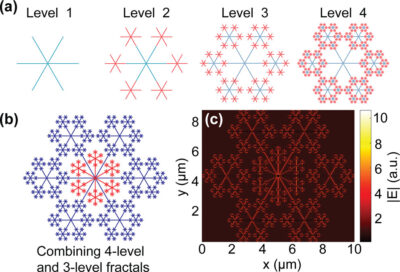
This was exactly demonstrated in the study by (Min Hu, Sen Gong, Tao Zhao, Renbin Zhong, Xiaoxing Chen, Ping Zhang, Xinran Wang, Chao Zhang, Huabing Wang, Biaobing Jin, Jian Chen, Peiheng Wu, Shenggang Liu, 2017), in which the authors show that “in a structure in which multilayer graphene is deposited on a dielectric substrate with a buffer layer, the energy of SPPs (graphene plasmonic polaritons) can be significantly enhanced“.
In addition, again according to the same researchers, “the scattering of SPPs crosses the substrate beamline when the buffer layer has a low dielectric constant relative to the substrate.
As a result, SPPs can be easily converted to radiation without the need for wave vector compensation“.
In other words, as already stated by (Axel Bolland, Bärbel Ghitalla, Holger Fischer, Elmar Becker, Tim Truth 2021), who for the first time identified patterns of crystallized graphene in the blood of so-called “vaccinees”, the property of graphene that Cherenkov radiation can be transformed into graphene plasmons from GHz to THz, causing ionizing radiation due to its multiplier effect, is once again confirmed.
They also (Min Hu, Sen Gong , Tao Zhao, Renbin Zhong, Xiaoxing Chen, Ping Zhang, Xinran Wang, Chao Zhang, Huabing Wang, Biaobing Jin, Jian Chen, Peiheng Wu, Shenggang Liu, 2017) state that “compared with the radiation from graphene-free structures, the radiation power density is increased by almost three orders of magnitude due to the field enhancement of SPPs.
Our results could provide a promising method to develop room-temperature, tunable, linear, and high-intensity THz radiation sources to cover the entire THz regime“.
Also important are their conclusions (Tuo Qu, Fang Liu, Yuechai Lin, Kaiyu Cui, Xue Feng, Wei Zhang, Yidong Huang, 2020) : “Due to their small thickness and low optical damping, HPPs in hBN are superior to the plasmonic technique.
HPPs in hBN are superior to plasmonic modes in HMMs in terms of optical damping.
Analytical results and numerical simulations performed in this study show that the energy of free electrons required to generate CRs in hBN is higher than that of plasmonic modes in HMMs.
The energy of free electrons required for CR generation in hBN can be reduced to 1 eV in both type I and type II hyperbolic regions.
Furthermore, simulation results show that the CR power generated by electrons with energy of 1 eV is higher than that generated by electrons with energy of 100 eV.
Another noteworthy indication is that it is possible to launch HPPs over a considerably wide range of wave vectors in a cost-effective manner using the proposed free-electron excitation approach.
Free electron excitation.
By combining this approach with the high electron velocity of graphene, a new paradigm of solid-state free-electron radiation sources could be realized in the near future“.
Thus, it can be confirmed once again that the goal of creating these fractalized graphene nanocrystals can be the realization of nanoantennas for receiving, emitting and, in the worst case, multiplying absorbed radiation, as already explained several times.
Or all of these effects can be achieved, depending on convenience and need.
Final thoughts
Based on the results of this latest study (empirically confirmed by dozens and dozens of measurements with analog Geiger counters), it is now imperative to detect the presence of any ionizing radiation in the vicinity of 5G antennas.
A possible alternative could be a UV index sensor (where UV stands for ultraviolet).
This is because the intensity of ultraviolet radiation is comparable to that of Cherenkov radiation.
Let me remind you again that Cherenkov radiation is the electromagnetic radiation emitted when a charged particle (such as an electron) passes through a dielectric medium at a speed greater than the phase velocity of light in that medium.
This does not violate the theory of special relativity, since light travels more slowly in materials with a refractive index greater than one, and the speed of light in a vacuum is the only limit that particles with mass can exceed.
A classic example of Cherenkov radiation is the characteristic blue glow of an underwater nuclear reactor.
Its mechanism is similar to that of a sonic boom, the high-pitched sound heard when motion exceeds the speed of sound.The phenomenon is named after Soviet physicist Pavel Cherenkov, who shared the 1958 Nobel Prize in Physics for his discovery.
Ultraviolet (or UV) radiation is a form of electromagnetic radiation with a wavelength between 10 nm (with a frequency equivalent to about 30 PHz) and 400 nm (750 THz) ; it is shorter than visible light but longer than X-rays.
UV radiation is present in sunlight and accounts for about 10 percent of the total electromagnetic radiation emitted by the sun.
It can also be produced by electric arcs and special lamps such as mercury vapor lamps, tanning lamps, and black lights.Although long-wave ultraviolet is not considered ionizing radiation because its photons do not have the energy to ionize atoms, it can still cause chemical reactions and make many substances glow or fluoresce.
Consequently, the chemical and biological effects of UV are greater than simple heating, and many practical applications of UV radiation arise from its interactions with organic molecules.
Short-wave ultraviolet light damages DNA and sterilizes surfaces with which it comes into contact.
For humans, tanning and sunburn are well-known effects of exposure to UV light, along with an increased risk of developing skin cancer.The lower limit of human vision is conventionally set at 400 nm, making ultraviolet rays invisible to humans, although humans can sometimes perceive light at shorter wavelengths.
Insects, birds, and some mammals can see near-UV rays, which are wavelengths slightly shorter than those visible to humans.
In questo modo si possono misurare lo stesso radiazioni di tipo ionizzanti che – come noto – sono dannose per qualsiasi essere vivente in generale.
In addition, for those who would like to learn more about the latest research developments on free electron radiation based on metamaterials (i.e., man-made electromagnetic composite materials such as graphene), an in-depth review of the study by (Zhu Juan Feng, Du Chao Hai. “Research Progress of Free Electron Radiation Based on Metamaterials”, 2022, Journal of Infrared and Millimetric Waves, Vol. 41, Issue 1, Doi : 10.11972/j.issn.1001-9014.2022.01.003
All the results found so far are “magically” consistent with both the multiplication of absorbed radiation and the possibility that graphene has been preemptively spread everywhere by chemtrails and probably also by chemical clouds created by the evaporation of water, fertilizers, pesticides, food additives and graphene.
Each new discovery shows that graphene does not cause mild harm to so-called “vaccinated” people, but multiplies it a thousand times, in the same way that graphene absorbs electromagnetic waves.

